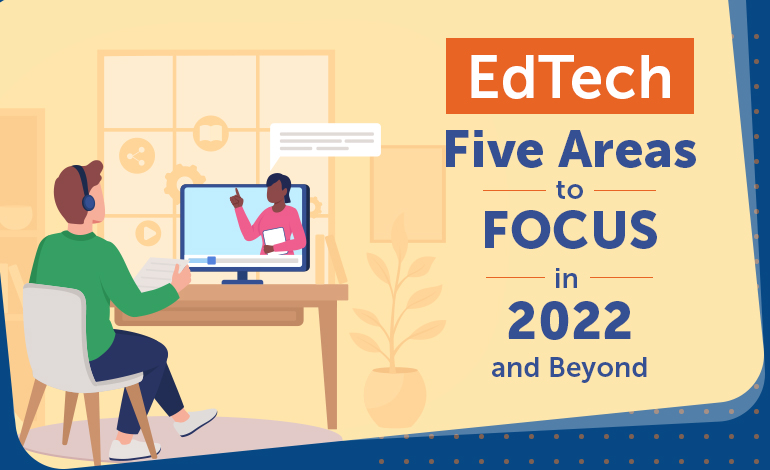How Role Plays Help in Extended Enterprise Training
People empowered by technology are the biggest asset for businesses to compete in today’s cut-throat world. And businesses aren’t stopping at hiring the best talent and investing in their training; they are also broadening their focus to include those in the “extended enterprise.” These external stakeholders, who can play a pivotal role in a business’s success, include affiliates, franchisees, vendors, consultants, business partners, even customers.
Businesses realize that to deliver enhanced customer experiences, helping their extended enterprises become more effective is as important as building solid relationships. And that’s why it’s critical to invest in extended enterprise training.
This goes back years. Japanese auto manufacturers famously helped their suppliers be more effective back in 1993 by sharing their approaches to success and collaborating with them to make better products and cars. Big tech companies like Salesforce, Microsoft, Amazon run their own “partner programs.” The list is endless.
Extended enterprise training is a “must-have” for the huge benefits they bring. Better revenue, strengthened brand, reduced risk, and improved business processes are just a few, but significant ones. It makes sense that those businesses are constantly looking out for ways to make their extended enterprise training efficient. And role plays have emerged as one of the most effective modes of doing so.
How to use role plays effectively in extended enterprise training?
Role plays are an effective method of training for better retention and performance. Let’s understand how you can implement role plays as part of your extended enterprise training.
Product training: You can’t expect to engage the extended enterprise teams with the same old interactive manuals, videos and linear eLearning courses. Train them on product features and benefits through complex branching scenarios revealing information on each path. Demonstrate the functionalities through an interactive mascot or a guide. Build gradual curiosity in learners prompting them to ask questions and learn in-depth.
Sales training: Identify the areas where sales teams are likely to face challenges and build role plays to equip them to handle those sales scenarios. Digital role plays are excellent for practicing the elevator pitch, demonstrating products and solutions, fielding typical customer objections, and learning negotiations in a safe environment. Strategically use digital role plays to prepare sales teams to face classroom practice sessions with sales managers or leaders.
Customer support training: No one benefits from role plays based training than people in customer support roles. Understand the profiles of the customers, their expected behaviors, and possible concerns that your extended enterprise teams might face and create role plays with branching scenarios for each customer profile. Prepare them to keep calm while interacting with customers in all situations. Equip them with specific product knowledge and soft skills to navigate complex customer interactions.
Conclusion
Often the training materials given to extended enterprises are overlooked because they are boring and conventional. You can change the way extended enterprise training is done by changing the approach. Help everyone in your extended network learn with the same zeal as your direct employees. Make them feel emotionally connected with your products and solutions through a digital mascot or a guide. Give them a better brand experience that they can further extend to their customers. Role plays as the training approach makes this possible.
Organizations must convince stakeholders to invest in extended enterprise training. Empowering your network to excel with product training and also helping them develop the necessary soft skills to succeed will add to your bottom line. Organizations widely deploy our off-the-shelf English language training as a part of their extended enterprise training solution. Our interactive templates for role plays make creating business simulations and branching scenarios really fast and affordable. They are customizable and can be used for any industry and audience.
There is no need to provide boring digital catalogs or customary page-turner eLearning courses when you can offer interactive role plays on mobile phones for busy executives. Talk to us to overhaul your extended enterprise training. We will take the role plays route to make your training stand out.


